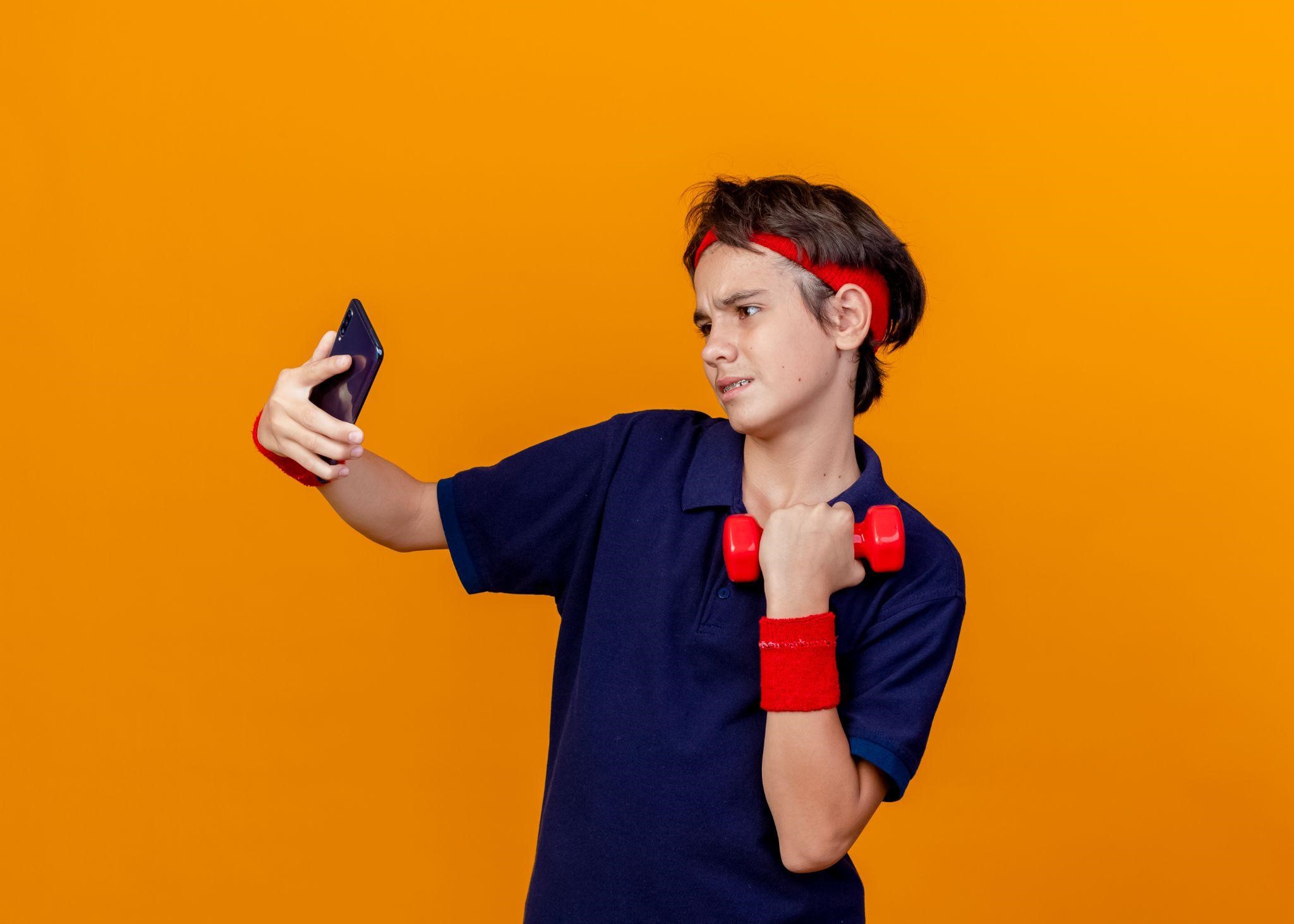A correctly engineered marketing plan forms the backbone of a well-run sports camp. It empowers participants while carving out a niche in a very competitive field of sports training. The marketing should be effective, with insight into the audience, the organization of events, and the use of digital means with intent in order to raise awareness. With careful planning, combined with tangible objectives, it builds trust with both parents and athletes. Most impressively, in 2022, the US summer camp industry reached a market size of $3.34 billion, showing immense growth and success possibilities in this sector. The article outlines some important steps to take toward building a proper marketing plan to ensure success for your sports camp.
Table of Contents
Defining Your Target Audience
Defining your target audience is the first crucial step in developing a marketing plan for your sports camp. It ensures that messaging relevance and effectiveness are positive, knowing whom to reach. This sets a foundational step in tone for how you build out an entire strategy that encompasses the organization and promotion of sports events, which we will discuss in the next section. Knowing your audience well means creating experiences specifically tailored to their deep resonation and participation.
Tips for Defining Your Target Audience
- Identify Demographics: Determine certain key pieces of information such as age groups, gender, level of expertise, and activities enjoyed. For example, a soccer camp might offer services for kids between 8-12 years of age, and skill levels may include ‘novice’ through ‘intermediate.’
- Need to Understand Their Needs: What is it that the parents want? It might be some form of skill building, safe place, or quality instructors. Young athletes need to know they have things to keep them entertained or at least have a venue where they can improve their craft.
- Use Data: Utilize surveys, social media data, and local trends within a community to learn something about your potential attendees.
- Segment Your Audience: Set up categories for your target audience. For example, specify different groups depending on the age of youngsters, teenagers, or even adults who want to participate in specific training camps.
Example for a Sports Camp
If you’re marketing a basketball camp, your target audience might include middle school players eager to refine their skills or parents who want their children to experience team-building and discipline; your knowledge should steer you in crafting appropriate promotional messaging and event planning.
Organizing and Promoting Sports Events
Hosting a well-organized sports event is one of the best means to showcase the value of your camp to a community interested in engaging with you. Events can range from small clinics to full-scale tournaments-it really depends on what resources you want to commit and what audience you’re trying to appeal to. Start by identifying the main goals of your event: is it visibility, encourage more registrations, or even brand awareness?. Then, develop a program chock-full of activities showcasing the best of what your camp has to offer, whether that be professional coaching or unique facilities and programs for age-specific groups.
Logistics, or “behind-the-scenes” planning, are very critical to a smooth-running event. Similarly, choose an appropriate venue to fit the activities planned, and get the relevant permits and equipment, as well as the personnel to manage the size of the event. Keeping that in mind, communicating with the attendees is also very important-what can they expect, where will they go, and how will they take part?.
Using Software to Simplify Your Event Planning
Software will be very important in handling the complexities associated with event planning. Online registration options make it easy to sign up, record details of attendees, and process payments without any security glitches, making the experience seamless for participants. Scheduling software facilitates organizing timelines, role assignments, and real-time tracking at events. Promotion-oriented event tools can create and manage targeted promotional campaigns on multiple channels, including email and social media. The Regfox sports camp registration platform is especially helpful for handling participant registrations and payments, making event management more efficient. Equipped with state-of-the-art tools, one is in a better position to devote more time to creating a memorable and interactive event.
Step-by-Step Guide to Promoting Your Sports Event
- Clearly Define Goals: Be clear about what you would like to accomplish at the event; for example, “We want to increase camp registrations” or “increase involvement with our community”.
- Identify Your Audience: Know whom you are targeting-young athletes, parents, or local schools-and tailor messaging to resonate with them.
- Use several channels: email marketing campaigns, social media, and community outreach. Partner with the local organization or sports club in order to reach an even bigger audience.
- Create Engaging Content: Behind-the-scenes planning, teasers, or countdowns that build hype and draw eyeballs.
- Use Signup Tools: Sites designed to manage and take registrations will handle the processing of sign-ups, tracking of participants, and even payment, if required.
- Follow Up with Participants After the Event: Send follow-up to attendees for feedback, share photos, and build interest in your camp for future events.
Using Digital Channels for Maximum Impact

In today’s connected world, it’s impossible to reach your target audience or maximize impact without digital channels. These digital channels offer an inexpensive method of engagement for participants, parents, and the community at large to continue making your sports camp visible and competitive. Through strategic use of these channels, you will create meaningful connections with those who have registered and instill loyalty in the years to come.
It is, therefore, important with any digital platform to reach out to the targeted audience. As discussed in section one, it is important to understand who you are talking to so that your messaging resonates. This might include parents wanting activities for kids that are enjoyable yet safe, or athletes wanting to continue honing their skills-the targeting of the audience makes your job so much easier.
Key Considerations When Using Digital Channels
- Platform Choice: The basic foundation of selecting a platform should be any on which your audience is most active. Parents may use Facebook, whereas the younger and fresher athletes enjoy Instagram and TikTok more.
- Catchy Content: Include attention-grabbing graphics, videos, and testimonials that really illustrate the point of difference at your camp. Consider more interactive pieces of content, like polls and quizzes, to enable more interaction.
- Consistency: The ability to regularly inform and update your audience. Use scheduling tools to project into the future, avoiding gaps in communication.
- Call-to-Action Clarity: At the end of every post or advert, ensure one has clearly called for action, like a registration into the camp or an open house event in view.
- Analytics Monitoring: keep track of all the engagement, clicks, and registrations to see what will work best for you. Then make your adjustment accordingly.
Conclusion
A well-thought-out marketing plan forms the backbone of your sports camp. From awareness to organizing events that will leave a mark, it all contributes toward building trust and engaging participants, boosting registrations in the process. With thoughtful planning, efficient tools, and an appropriate focus on promotion, your sports camp will be guaranteed to rise above the highly competitive market and to provide indelible value to the attendees. Start building your marketing plan today and set the stage for a thriving, memorable sports camp experience.

